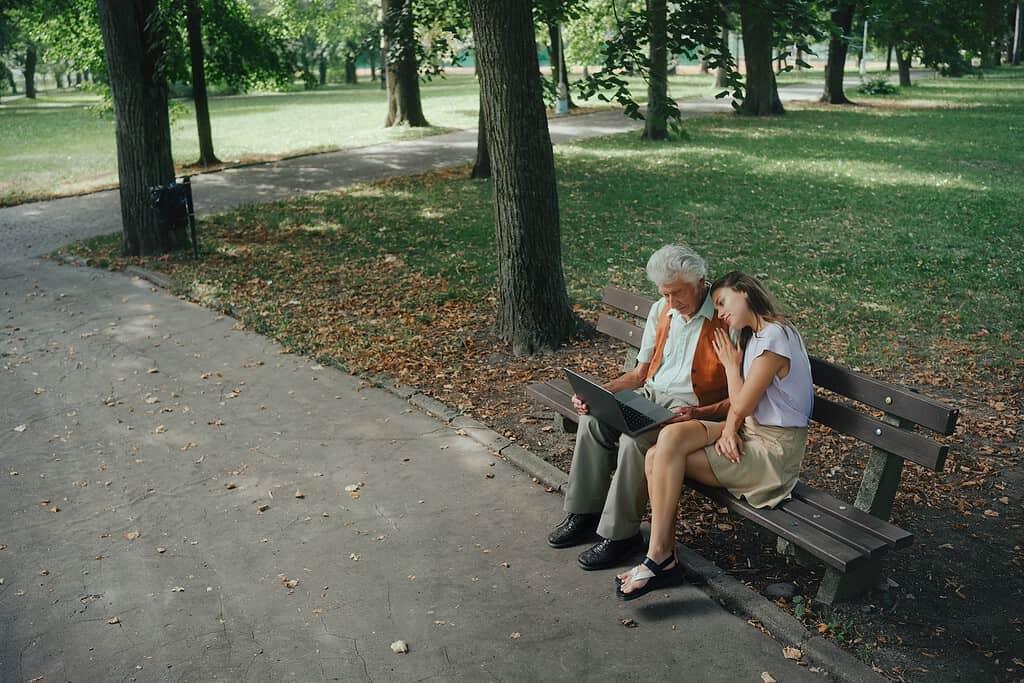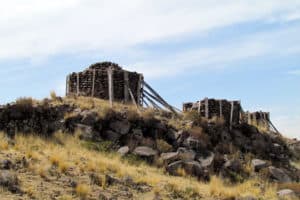For many people knowing someone died doesn’t bring real closure. It’s a matter of seeing is believing. It can be difficult to fully accept that the person is gone until you can see that they are no longer living.
It brings up an important question. Where can a person view the body of a deceased loved one? It turns out there are eight places where the body could possibly be seen.
Do You Have to View the Body of a Deceased Loved One?
One point to clarify upfront is whether or not loved ones have to see the body. For the most part, viewing the deceased is a personal choice. Even if a body is discovered that is unidentified, no one is forced to view and identify the body. Because of DNA tests and dental records, a person’s body can be identified without someone verifying the identity. It’s much faster if a relative identifies the body, but it isn’t necessary.
Likewise, funeral home directors can’t force family members to view the body of the deceased. That choice is always given to the individual family members regardless of whether they are planning to hold funeral services.
Places Where a Body Could Be Seen
Hospital Room
Just after passing, it’s possible for family members to see their loved one if they request to do so. Typically, this happens in the deceased’s hospital room or possibly a surgical area if the person died during surgery. Family members should keep in mind that viewing a body at the hospital may not be possible. Any time the death was believed to be by homicide or possibly medical malpractice, viewing the body at the hospital may not be possible in an effort to preserve evidence that’s needed for an autopsy.
Morgue
Typically, after a person passes away in a hospital they are brought to the hospital morgue. How long the body is in the morgue will depend on the circumstances, but usually it’s at least a few hours, if not a few days. If the identity of the person is unknown, the body may remain there longer if a relative is requested to identify the body.
Bodies may also be transported to a morgue after an autopsy at the medical examiner’s office. Once there, the family may be able to arrange viewing the body.
Medical Examiner’s Office
Bodies are sometimes sent to the local medical examiner’s office rather than being brought to a morgue before the body is transported to a funeral home. Medical examiners perform autopsies, so if the death was questionable the body will be sent to the local office for examination.
The vast majority of medical examiner offices don’t allow the body to be viewed by anyone outside of the office. This is the case whether an examination is being done by a private forensics institute or a county medical examiner. For example, the Travis County medical examiner’s office in Texas does not allow viewings at all and suggests that the family arrange a time to view the body with the funeral home that will be handling the disposition services.
While it is exceedingly rare, it’s possible that a family member may view the body at a medical examiner’s office but only if the body needs to be identified. Even then, the family member is likely to be shown a photo of the deceased to verify their identity rather than seeing the actual body.
Medical examiner offices aren’t designed for viewings. They are investigative medical facilities, and there are also concerns about the body not being tampered with in any way prior to the autopsy and other clinical tests.
Funeral Home
One of the most common places to view the body of a deceased loved one is at the funeral home. Funeral homes provide several services that can involve the body being present. If the family chooses to have a viewing, memorial service or wake this could be possible.
However, it’s unlikely that the family members will be able to view the body while it’s being prepared for the funeral services, particularly if embalming fluid is used. This is due to safety concerns more than anything else.
Crematory
Many families choose cremation because they prefer simple disposition without funeral services. After the death, the body goes from the hospital or medical examiner’s office straight to the crematory. At that point family members can arrange a private viewing before the body is prepared for cremation.
Also, some crematories offer what’s known as witness cremations, sometimes referred to as cremation viewings. This service allows family members to watch their loved one enter the retort and be cremated. Typically, the number of people who are allowed to view the cremation is limited.
Places of Worship
Many families choose to have the funeral service at a church, chapel, synagogue or another place of worship. They may also choose to have an open-casket funeral service, which means the casket is open with the deceased visible throughout the service. There may also be an opportunity for attendees to approach the casket to view the body before, during or after the funeral service.
Most religions are flexible on whether or not a casket is open during part or all of the funeral service. Some religions, like Judaism, prefer that viewing the deceased happens before the funeral, which is a ceremony for the deceased, not the people they left behind. As such, the primary concern is respect for the dead and that is why the casket is often closed during the funeral in the synagogue.
Graveside
Another place where family and friends may see the body of a deceased loved one is graveside prior to burial. During some graveside services the casket is open before being lowered into the burial plot. People in attendance may even be able to approach the casket to give their last respects or to place a memento in the casket with the deceased before it’s closed and lowered.
Crime Scene
The unfortunate truth is that some people die under questionable circumstances. When this happens, the place where the person died could be considered a crime scene. Many people outside of the family view a body in this circumstance because it’s their job. In this scenario, there will also likely be someone who sees the body but not by choice. Police officers, medical examiners, medical specialists and crime scene photographers are just a few people that may see a body at a crime scene in addition to whoever discovered the body.
Family members and friends of the deceased may also see the body in crime scene photos during a trial. They may also be asked to view crime scene photos if it’s pertinent to solving the case.
If you have additional questions about viewing the deceased, particularly in relation to the cremation process, our team is here to help. We’re available by phone, text or email at any time.






